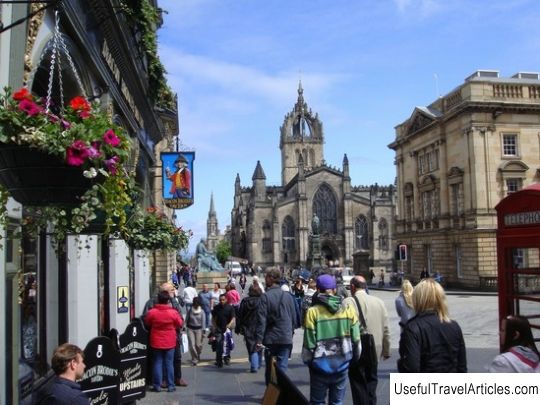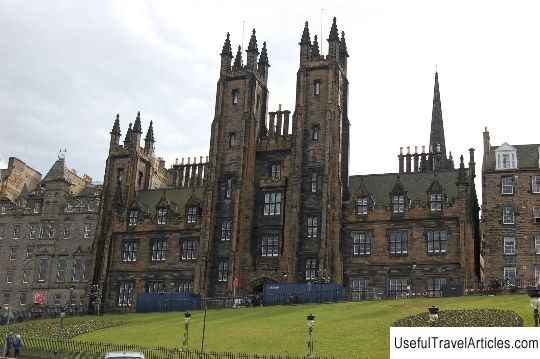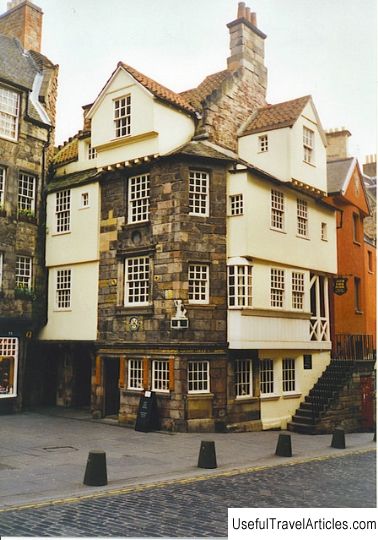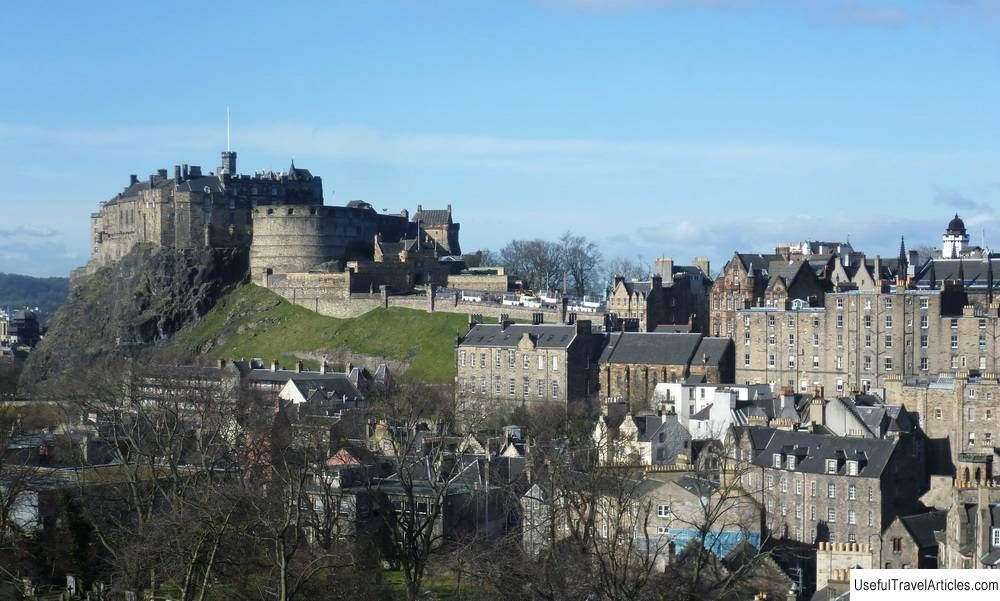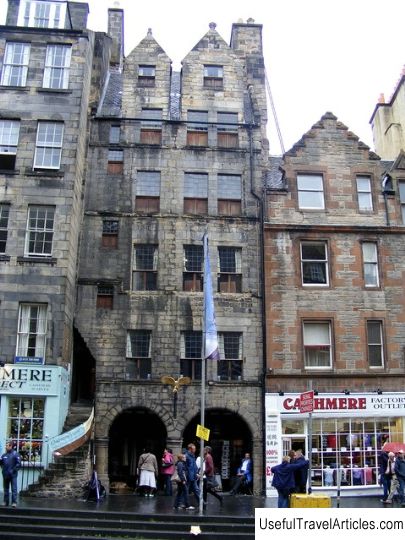Edinburgh Town Walls description and photos - Great Britain: Edinburgh
Rating: 8,8/10 (6544 votes) 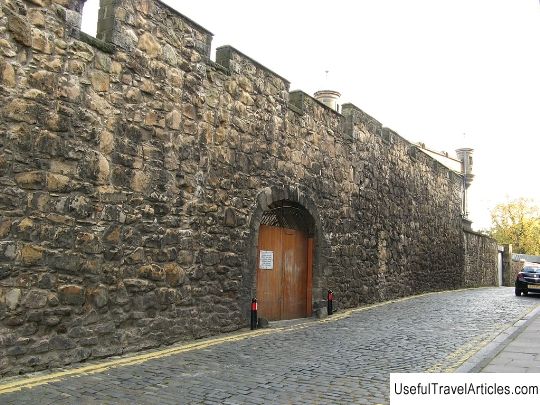
Edinburgh Town Walls description and photos - Great Britain: Edinburgh. Detailed information about the attraction. Description, photographs and a map showing the nearest significant objects. The title in English is Edinburgh Town Walls. Photo and descriptionEdinburgh is the capital of Scotland, an ancient city with a rich and interesting history. Like most cities, during the Middle Ages it was surrounded by city walls to protect against possible attacks. Probably, walls around the city have existed since its foundation, but the earliest written sources date back to the 15th century and report the construction of the King's Wall. In the 16th century, the Flodden Wall was built - immediately after the defeat of the cattle at the Battle of Flodden in 1513. Then the Telfer wall was built, in which there were several gates, the most famous - the Nezerbow gate, through which the Royal Mile passed. The city had natural protection from the north and from the west - in the north there was a swampy lake Nor Lokh, filled with in the 18th century during the construction of the New City. From the west, the city was protected by the powerful Edinburgh Castle, standing on an impregnable rock. Thus, the walls were built on the east and south sides of the city. The Royal Wall was erected by order of King James II. It covered an area of only 0.8 x 0.6 km, there were two main gates, the Upper and the Lower, and several small side gates. In 1513, after the defeat of the Scottish army at the Battle of Flodden, the country was afraid English invasion. In Edinburgh it was decided to build a new wall. The construction of the new wall (Flodden, as it came to be called) was completed only in 160. The wall was about 1.2 meters thick and 7 meters high. There were six gates in the wall. Until the 18th century, the urban area did not go beyond the wall, which led to overpopulation, lack of land for housing and industrial construction. The Telfer Wall (named after its builder, John Tellefer), was erected in 1618. A small piece of land was annexed to the city from the south. Already in the second half of the 18th century, sections of the wall began to be demolished. Now only small areas remain from the walls. Fragments of the Royal Wall have survived as the walls of some old houses, four significant sections of the Flodden Wall and two fragments of Telferova have survived. In many places, special masonry or other markings mark the lines along which the city walls stood.     We also recommend reading National Gallery of Umbria (Galleria Nazionale dell'Umbria) description and photos - Italy: Perugia Topic: Edinburgh Town Walls description and photos - Great Britain: Edinburgh. |
